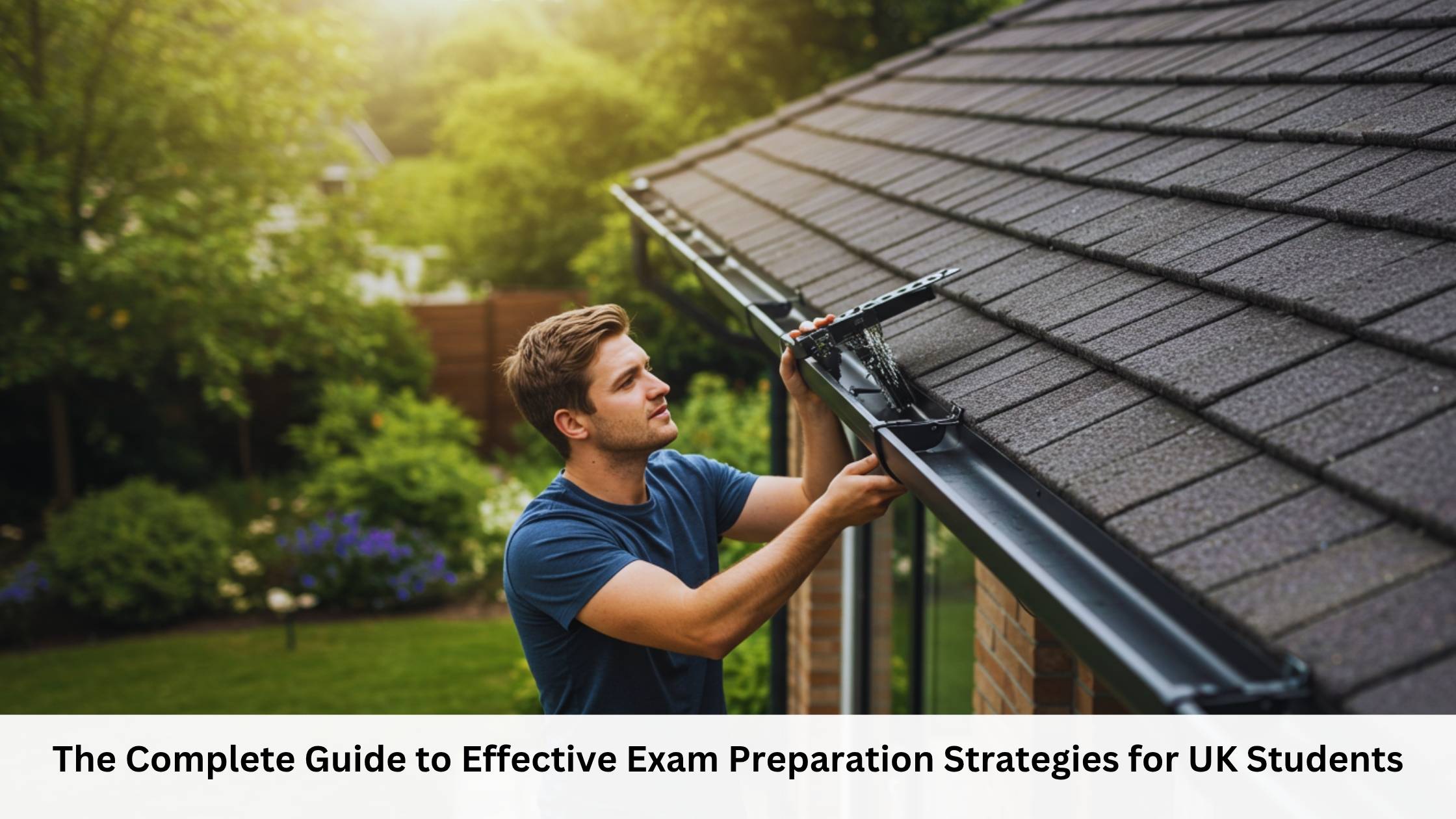Gutters may not be the most glamorous feature of your home, but their importance cannot be overstated. From protecting your foundation to preventing water damage, gutters play a critical role in keeping your property safe and sound. Yet, for many homeowners, gutter installation is either a mystery or an afterthought.
To make the process more approachable, we’ve gathered five surprising facts about the gutter installation that every homeowner should know. By the end of this article, you’ll see gutters in a whole new light.

1. Proper Gutter Pitch Is Critical for Functionality
One of the most overlooked aspects of gutter installation is the pitch, which refers to the slight angle of the gutter system. While gutters may look like they’re installed straight, they are slightly slanted. And trust us, this isn’t a mistake!
The pitch ensures water flows smoothly toward the downspouts instead of pooling inside the gutters. For every 10 feet of gutters, there should be roughly ¼ inch of decline toward the downspout. Neglecting this detail during installation could lead to clogging, overflow, and water damage to your home’s exterior.
Key Takeaway
If you’re hiring a professional for gutter installation, ask them about the pitch measurements they’re planning to use. If you’re going the DIY route, double-check those angles!
2. Gutter Material Matters More Than You Think
When it comes to gutters, not all materials are created equal, and what you choose can significantly affect your home’s durability and aesthetics. Here’s a quick breakdown of common gutter materials to consider:
- Aluminum: Lightweight, rust-resistant, and affordable, aluminum gutters are a popular choice. They’re easy to install and come in various colors to match your home.
- Vinyl: Vinyl is even lighter than aluminum and one of the most budget-friendly options. However, it can crack in extreme weather conditions, making it better suited for mild climates.
- Steel: Known for strength and durability, steel gutters can handle heavy snow or rain but are prone to rust without regular maintenance.
- Copper: Want long-lasting gutters that add a touch of elegance to your home? Copper gutters are corrosion-resistant and highly durable but come with a higher price tag.
- Zinc: A premium option, zinc gutters are durable, self-sealing, and develop a unique patina over time. They’re also the most expensive option on the market.
Key Takeaway
Choosing the right material depends on your budget, climate, and aesthetic preferences. Discuss your options with a gutter expert to make an informed decision.
3. Seamless Gutters Offer Better Performance
Did you know that gutter seams are some of the most common spots for leaks and clogs to occur? That’s why seamless gutters, which are custom-made and installed as a continuous piece, are gaining popularity among homeowners.
Benefits of Seamless Gutters Include:
- Fewer leaks since there are no connecting joints.
- A sleeker, more modern appearance.
- Greater durability with less risk of debris getting stuck.
While seamless gutters may come with a slightly higher upfront cost, the long-term benefits and reduced maintenance often make them worth the investment.
Key Takeaway
If your budget allows, consider seamless gutters for a more efficient and hassle-free gutter system.
4. Gutter Guards Can Make Life Easier
Leaves, twigs, and other debris are the archenemies of smooth gutter operation. That’s where gutter guards come in. These handy accessories cover the tops of your gutters, preventing debris from falling inside while still allowing water to flow freely.
There are several types of gutter guards available, including mesh screens, foam inserts, and reverse curve systems. Each type has its pros and cons, so it’s essential to choose one that suits your needs and budget.
Benefits of Gutter Guards:
- Reduced need for frequent gutter cleaning.
- Prevention of clogs, which can lead to water overflow and damage.
- Increased gutter lifespan by minimizing wear and tear caused by debris buildup.
Key Takeaway
While gutter guards are an added expense, they save time (and headaches) in the long run. If you’re tired of climbing ladders to clean your gutters, these are well worth considering.
5. Local Building Codes and Climate Affect Installation
Here’s a fact many homeowners overlook when installing gutters—external factors like local building codes and your region’s climate can influence the type of gutter system you need.
For instance, homes in areas with heavy rainfall may require larger gutters (often referred to as 6-inch oversized gutters) to handle the increased volume of water. Similarly, regions prone to hurricanes or strong winds may benefit from gutters with heavy-duty brackets and reinforcements.
Additionally, some local building codes prescribe specific gutter materials or installation practices. Failing to adhere to these regulations could result in penalties or complications during a home inspection.
Key Takeaway
Always check your local building codes and assess your climate needs before starting a gutter installation project. A professional installer will also have this information and can guide you accordingly.
Make Gutter Installation Count
Quality Gutter Installation is more than a finishing touch—it’s a crucial line of defense against foundation damage, roof leaks, and landscape erosion. Done right, it not only protects your home but also enhances curb appeal and long-term value.
If you’re considering upgrading your current system or installing new gutters, make sure you’re informed about the essentials—from materials and sizing to pitch and placement. Whether you’re going DIY or hiring a pro, those details make all the difference.
Want to stay ahead on home improvement tips? Subscribe to our blog for expert advice and practical insights delivered straight to your inbox!
Source: https://megapersonals.co.com/






